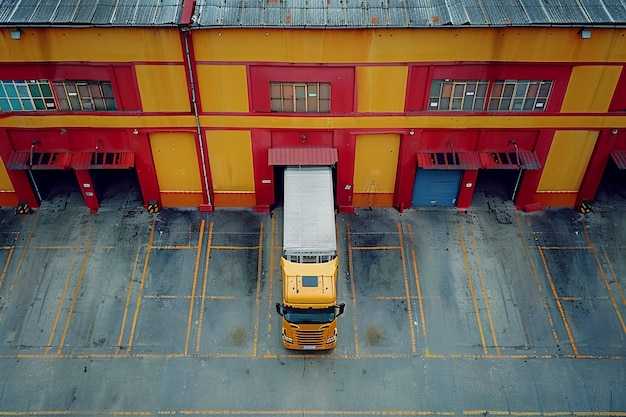Freight transport in Portugal relies on a diverse multi‑modal system that links inland markets with European corridors and global supply chains. The country’s strategic Atlantic coastline, its geographic position on the Iberian Peninsula, and cross‑border links with Spain shape freight flows, port development, and modal choices across the economy.
Road transport remains the dominant mode for freight in Portugal, carrying the majority of goods due to flexible last‑mile service and dense urban distribution. Major motorways such as the A1, A2, and A22 form the backbone of national freight corridors, while urban congestion and emissions drive logistics operators to optimize routes, schedules, and fleet use.
Rail freight is growing but remains less dominant than road, constrained by network capacity and modal choices shaped by demand. The main long‑distance corridors connect the north to Madrid and interior Europe, with investments in intermodal facilities that move containers and trailers between rail and road to improve efficiency and reduce road congestion.
Maritime transport, through the ports of Sines, Leixões, and Lisbon, forms the core of international and domestic freight handling. Sines has become Portugal’s leading deep‑water port with growing container, bulk, and energy traffic, while Leixões serves the northern region and Lisbon functions as a major hub for regional distribution and transshipment.
Intermodal and logistics hubs enable multimodal transfers és combined transport solutions, linking road, rail, and sea terminals with warehousing and urban distribution networks. Portugal hosts inland terminals and container facilities that support just‑in‑time deliveries and efficient regional supply chains across the peninsula.
Policy and investment align with the European TEN‑T programme to upgrade core corridors, port capacity, and digital tools for freight. Ongoing reforms emphasize decarbonization, a shift from road to rail and waterborne freight, digital documentation and data sharing, and improved resilience of supply chains to meet evolving trade patterns.

 Freight Transport Portugal">
Freight Transport Portugal">
